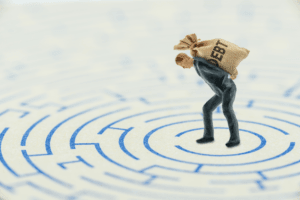Liability: Definition, Types, Example, and Assets vs Liabilities

Proper management of these liabilities is essential to ensure smooth business operations and long-term financial health. Any debt a business or organization has qualifies as a liability—these debts are legal obligations the company must pay to third-party creditors. Examples of liabilities include deferred taxes, credit card debt, and accounts payable. Having a better understanding of liabilities in accounting can help you make informed decisions about how to spend money within your company or organization.

Current Liabilities Examples

The time span within which current liabilities are expected to be paid and long-term liabilities are settled is the fundamental difference between current liabilities and long-term liabilities. The prompt nature of these liabilities makes them crucial accounting liabilities for managing a company’s working capital. As mentioned, a liability is anything your company owes, and typically this is money. Owing money to somebody or something is considered undesirable in our personal lives, although perhaps unavoidable.
Why You Can Trust Finance Strategists
- Understanding what liabilities are in accounting, as well as the most common examples of each type, can help you track and identify them in your balance sheet.
- Hence, businesses are liable to pay salaries and wages to their employees after the employees have performed their duties.
- Current liabilities are due within a year and are often paid using current assets.
- Another prime example of contingent liability is the warranty coverage for defective products supplied.
- However, as your business grows and needs to comply with the US GAAP, there are other types that you must consider for accounting purposes.
Banks, for example, want to know before extending credit whether a company is collecting—or getting paid—for its accounts receivable in a timely manner. Current liabilities are a company’s short-term financial obligations that are due within one year or within a normal operating cycle. An operating cycle, also referred to as the cash conversion cycle, is the time it takes a company to purchase inventory and convert it to cash from sales. An example of a current liability is money owed to suppliers in the form of accounts payable.
Contingent Liabilities
These taxes are typically reported on the company’s income statement and recognized as a liability on the balance sheet. Proper understanding and management of liabilities in accounting are essential for a company’s financial stability and growth. By keeping track of these obligations and ensuring they are met in a timely manner, a company can successfully avoid financial crises and maintain a healthy financial position. As businesses continuously engage in various operations, their liability position can change frequently.

Understanding Current Liabilities
- The AT&T example has a relatively high debt level under current liabilities.
- Simply put, a business should have enough assets (items of financial value) to pay off its debt.
- When the art gallery entered into its second year, Amrish hired the services of a bookkeeping service.
- Examples of accrued expenses include wages payable, interest payable, and rent expenses.
- Another popular calculation that potential investors or lenders might perform while figuring out the health of your business is the debt to capital ratio.
- The most common accounting standards are the International Financial Reporting Standards (IFRS).
- An equitable obligation is a duty based on ethical or moral considerations.
According to the accounting equation, the total amount of the liabilities must be equal to the difference between the total amount of the assets and the total amount of the equity. Liabilities can help companies organize successful business operations and accelerate value creation. However, poor management of liabilities may result in significant negative consequences, such as a decline in financial performance or, in a worst-case scenario, bankruptcy. By keeping close track of your liabilities in your accounting records and staying on top of your debt ratios, you can make sure that those liabilities don’t hamper your ability to grow your business. Whether you are handling your personal or business income tax file, each financial situation is unique. HighRadius offers a cloud-based Record to Report Suite that helps accounting professionals streamline and automate the financial close process for businesses.
It invoices the restaurant for the purchase to streamline the drop-off and make paying easier for the restaurant. The primary classification of liabilities is according to their due date. The classification is critical to the company’s management of its financial obligations.
Do you own a business?
It means that crediting liability accounts increases their balances while debiting them decreases their balances. Accounts payable is typically one of the largest current liability accounts on a company’s financial statements, and it represents unpaid supplier invoices. Companies try to match payment dates so that their accounts receivable are collected before the accounts payable are due to suppliers. Accrued expenses are listed in the current liabilities section of the balance sheet because they represent short-term financial obligations.
